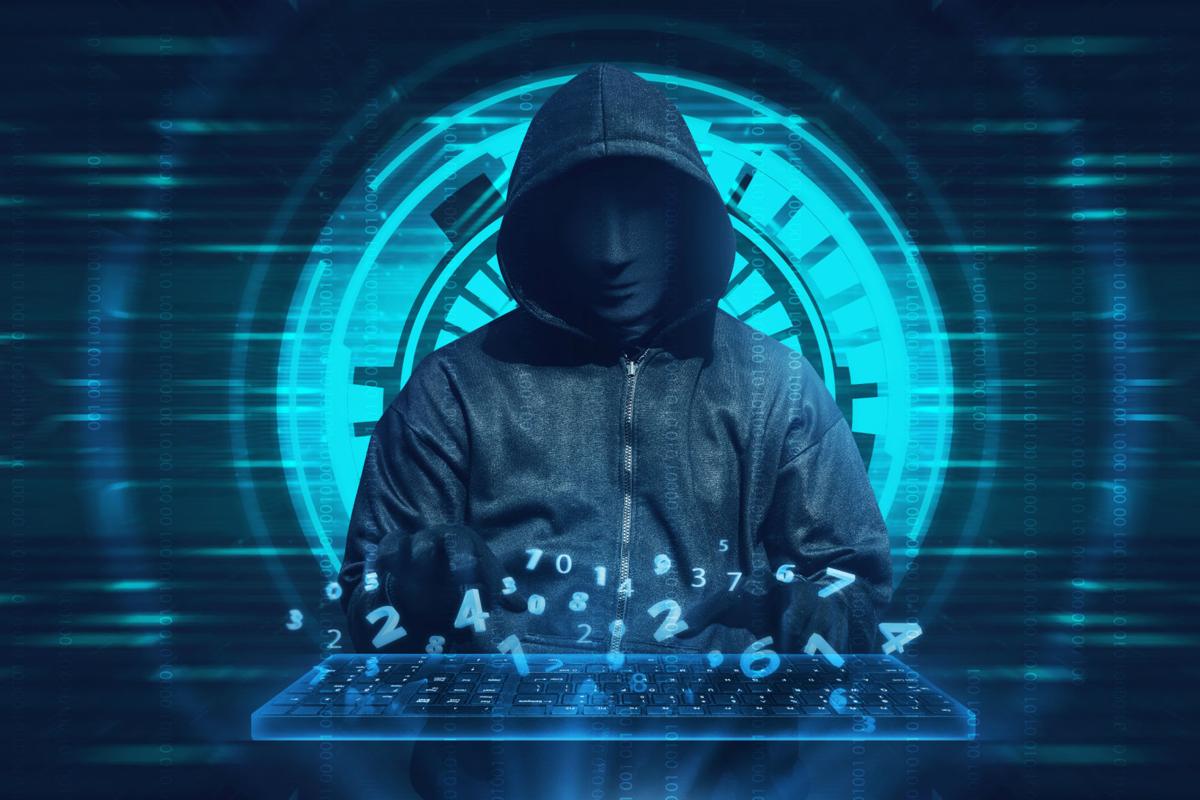Crimes have become more relevant in today’s headlines. Almost all digital portals, it has garnered more attention; with the passing of time, it is raising concerns in people's minds.
Crimes can be distinguished into traditional crimes(conventional crime) and cyber crimes. It is crucial to understand the difference between the two. Both crimes deal with offences committed by the offender, however, their modus operandi differs. Traditional crimes are all about the crimes that take place physically; crimes that take place outside the computer, while cybercrimes are those crimes that take shelter of any computing device and network to execute.
Traditional crimes or conventional crimes involve crimes such as murder, robbery, kidnapping and much more. Cyber crimes involve crimes such as phishing, hacking, spoofing etc.
Example to understand the difference between the both.
Cyberstalking and stalkingBoth crimes are similar, however, the medium in which these offences are committed is comparatively different to each other. Let alone the punishment for the act differs legally.
Traditional crime/conventional crime (stalking)-
In the above picture, it is clearly deciphered that the man is following the woman.
The term stalking defines as ‘an act of repeatedly pursuing a person; obsessive behaviour towards someone which leads to a threat of life.’ The stalker follows the person 24 x7 to familiarise his or her daily routine. This type of action usually gives birth to more significant crimes.
(Person A, harasses person B by continuously stalking from time to time)
Law passed to protect and give justice to the victim- IPC Section 354D (3-5 years of jail)
Cybercrime(Cyberstalking)
The term cyberstalking is defined as ‘any individual who monitors the activity of a person via social media, emails or through any other electronic communication is considered to be a cyber offence’. The accused takes the aid of e- communication devices to stalk their prey in order to threaten the concerned person to be submissive to their demands in future.
Here, the attacker makes use of any computing device ( such computer, mobile, laptop etc ) as a source of weapon to harass by sending emails, making calls, texting and so on.
Law passed to protect and provide justice to the victim- section 66A of IT act.
Any sort of crime that has happened or is about to happen in the near future has to do with the sick mentality of the accused/attacker/criminal. The people involved in cyber crimes are usually from an educated background with sophisticated degrees in hand. The most common reason for the crime is to be, the easy money which is debited by tricking others. Also, most often the illiterate or less educated people are seen in such crimes.
Comparatively, in traditional/conventional crimes, the criminals involved are usually seen from poor economic backgrounds living a desperate life(frustrated individual); bibulous person who is not in a sober state to think and act.
Challenges Dealing with both Crimes
The complexity of solving cyber crimes is much more tedious than traditional crimes. In traditional crimes, the probability of leaving any proof to proceed with the case and to nab the culprits is fairly moderate. They end up leaving traceable proof. Other times it is the witness who has seen the crime that has happened. The proof perhaps is in the form of fingerprints, footprints, or any minute details or information which can be the key to cracking the case.
The rest of the time, the habituated criminals who know every loophole of the crimes, might not leave any proof and make an alibi to avoid getting caught or suspicious. The cases involving cyber crimes are fairly poor in terms of the evidence that is left behind. The attacker manipulates his identity, the IP address or any concerned details which can act as a trap for them.
The Law Enforced to Protect Against Traditional and Cybercrime
Based on the understanding of the crimes and their nature, we have separate laws focussing on traditional and cybercrime. Conventional law deals with crimes done by the individual himself, designed to punish with the law concerning it.
However, the conventional law was not adequate enough for cybercrime. So the cyber law (IT act 2000) was passed by the Indian parliament to control the arena of the cyber world and introduce digital safety measures; the cyber laws are concentrated upon the internet and cyberspace.
Written By: Durrah Ismail Nasir



.png)








0 Comments